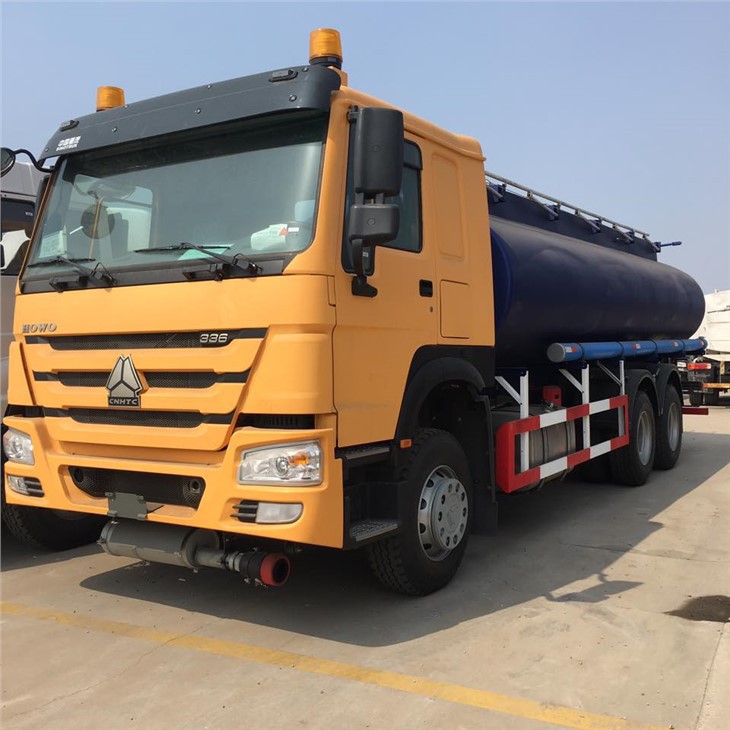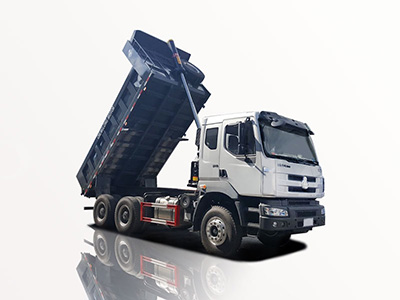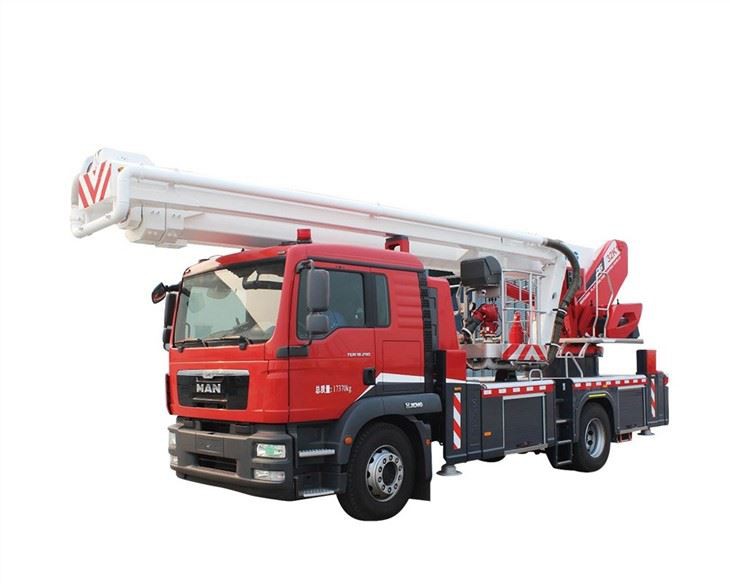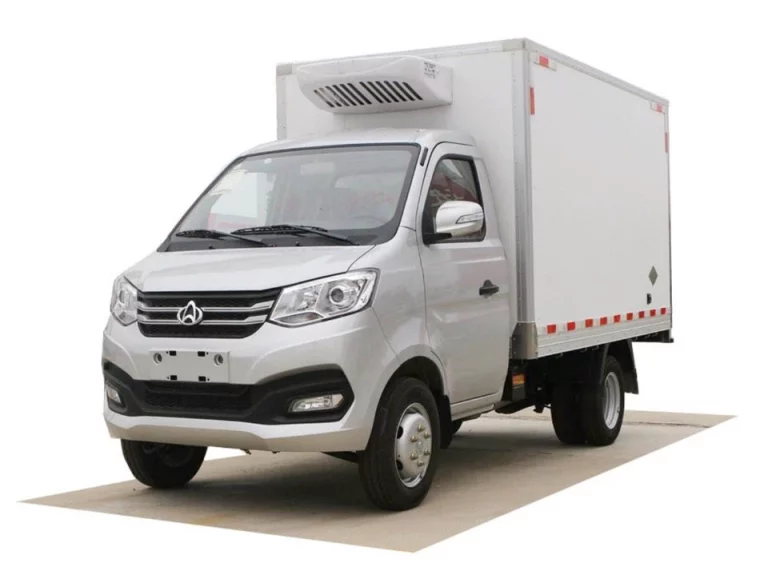The world of logistics and transportation relies heavily on different types of vehicles, each designed for specific purposes. One of these critical vehicles is the front end truck. In this comprehensive guide, we will delve deep into front end trucks, exploring their design, functionality, applications, and practical considerations for choosing the right one. Whether you’re in the trucking business or simply curious about the industry, this article will provide valuable insights.
What is a Front End Truck?
A front end truck, often referred to as a front end loader truck, is a type of vehicle primarily used in construction and agricultural applications. These trucks are designed to lift and transport loads, making them essential for moving large volumes of materials like gravel, dirt, and debris. Their unique design features a front-mounted bucket, which allows for efficient loading and unloading.
Key Features of Front End Trucks
Front end trucks come equipped with several notable features that enhance their functionality:
- Powerful Engine: Typically powered by diesel engines, front end trucks can easily handle heavy loads.
- Robust Load Capacity: They are built to carry significant weights, often exceeding several tons.
- Versatile Bucket Options: Depending on the job requirements, different bucket sizes and shapes can be fitted to the truck.
- All-Terrain Capability: Many front end trucks are designed to navigate rough terrain, making them suitable for various environments.
Types of Front End Trucks
There are various types of front end trucks suited for specific tasks. Understanding these types can help you choose the right vehicle for your needs.
1. Wheel Loaders
Also known as front loaders, wheel loaders are versatile front end trucks commonly used in construction and mining. They feature large wheels and a variety of attachments, making them suitable for a range of tasks.
2. Skid Steer Loaders
Skid steer loaders are compact front end trucks ideal for tight spaces and small job sites. They often include additional attachments like forks and grapple buckets, enhancing their functionality.
3. Compact Track Loaders
These are similar to skid steer loaders but feature tracks instead of wheels, providing better stability and traction on soft ground. They are particularly beneficial in agricultural settings.
4. Backhoe Loaders
While primarily known for their backhoe capabilities, they serve a dual purpose as a powerful loader in the front. This makes them an excellent option for projects requiring both digging and lifting.
Applications of Front End Trucks
Front end trucks have diverse applications across various industries. Here are a few key areas where they are commonly utilized:
1. Construction
In construction sites, front end trucks are indispensable for moving materials such as sand, gravel, and debris, optimizing workflow and efficiency.
2. Agriculture
Farmers often rely on front end trucks for tasks like transporting feed, moving soil, and loading agricultural inputs. Their adaptability makes them perfect for the dynamic conditions found on farms.
3. Mining
In mining operations, front end trucks are utilized for transporting heavy materials, digging holes, and efficiently managing supplies within the site.
4. Recycling and Waste Management
In the waste management industry, front end trucks play an essential role in collecting and transporting recyclable materials as well as general waste.
Choosing the Right Front End Truck
Selecting the right front end truck entails considering several factors that align with your specific needs. Below are key considerations:
1. Load Capacity
Understanding the weight of the materials you intend to transport is crucial. Choose a front end truck with a load capacity that exceeds your requirements for safety and efficiency.
2. Terrain
Identify the environment where the truck will operate. Different front end trucks are designed for specific terrains. For example, if you are working in muddy or rough conditions, a compact track loader may be more effective.
3. Attachments
Depending on your job requirements, consider the availability of different attachments such as forks, buckets, and blades, which can enhance the versatility of your front end truck.
4. Brand and Service Availability
Research reliable brands that offer good customer service and maintenance options, ensuring you have support when needed.
Maintenance Tips for Front End Trucks
1. Routine Inspections
Conduct regular inspections of the engine, brakes, hydraulic systems, and tires to catch potential issues early.
2. Fluid Levels
Check and maintain proper fluid levels, including engine oil, brake fluid, and hydraulic fluid, as these are crucial for optimum performance.
3. Tire Maintenance
Inspect tires for wear and tear, ensuring they are properly inflated and replaced when necessary to maintain traction and stability.
4. Cleaning
Keep your front end truck clean to prevent rust and corrosion. Regularly wash off dirt and debris that can accumulate in various parts of the truck.
Cost Considerations for Front End Trucks
The cost of acquiring and maintaining a front end truck can vary widely based on several factors. Here is a breakdown of the main cost considerations:
1. Purchase Price
The upfront cost can vary significantly depending on the size, brand, and features of the front end truck. New models may range from $20,000 to over $200,000, while used trucks can offer more budget-friendly options.
2. Operational Costs
Factor in fuel, insurance, and maintenance costs into your budget. Fuel efficiency and reliability can significantly impact overall operational expenses.
3. Financing Options
Explore financing options that may be available through manufacturers or third-party lenders to make acquisition more feasible.
Comparing Front End Trucks: A Quick Guide
| Truck Type | Load Capacity (Approx.) | Best Use Case | Cost Range |
|---|---|---|---|
| Wheel Loader | 3-12 tons | Construction, Mining | $30,000 – $150,000 |
| Skid Steer Loader | 1-3 tons | Tight Spaces, Small Jobs | $20,000 – $60,000 |
| Compact Track Loader | 1-3 tons | Agriculture | $25,000 – $75,000 |
| Backhoe Loader | 4-10 tons | Dual Purpose | $40,000 – $120,000 |
Front End Truck Safety Tips
Safety is paramount when operating front end trucks. Here are some essential safety tips to follow:
1. Training
Ensure that operators are adequately trained and certified to operate front end trucks. This reduces the risk of accidents significantly.
2. PPE Usage
Personnel should wear appropriate personal protective equipment (PPE), including helmets, gloves, and safety footwear, to minimize injury risk.
3. Load Management
Always adhere to load limits and distribute weight evenly to maintain stability and control during operation.
4. Site Awareness
Stay aware of your surroundings, including other workers and obstacles, to avoid accidents and injuries.
Frequently Asked Questions (FAQs)
1. What is the average lifespan of a front end truck?
The average lifespan of a front end truck can range from 10 to 15 years with proper maintenance.
2. How often should front end trucks be serviced?
Regular servicing is recommended every 250 hours of operation, or at least once a year, depending on usage.
3. Can front end trucks be used for snow removal?
Yes, front end trucks can be equipped with attachments such as snow plows or buckets to effectively remove snow.
4. What is the difference between a front end truck and a dump truck?
While both can transport materials, front end trucks have loading capabilities, whereas dump trucks are designed for offloading cargo quickly.
5. Are front end trucks fuel-efficient?
Fuel efficiency varies by model. Larger trucks typically consume more fuel, but newer models emphasize improved fuel economy.
6. Can front end trucks be rented?
Yes, many equipment rental companies offer front end trucks for short-term use, providing a cost-effective solution for specific projects.



